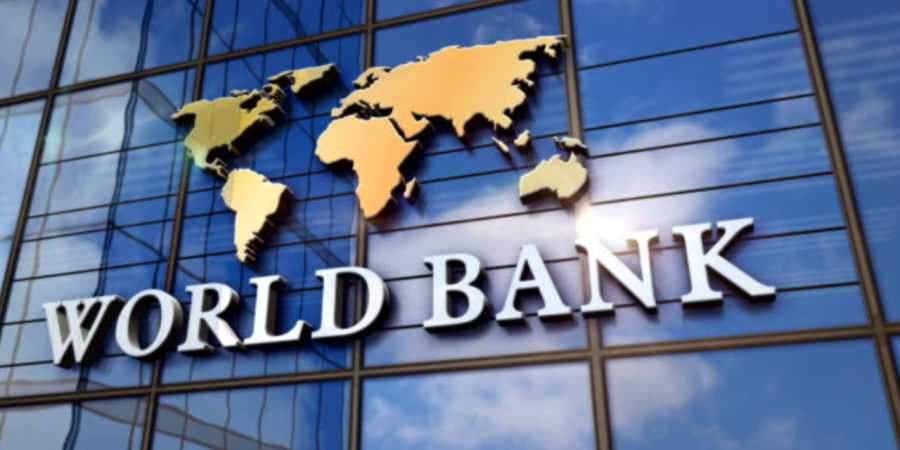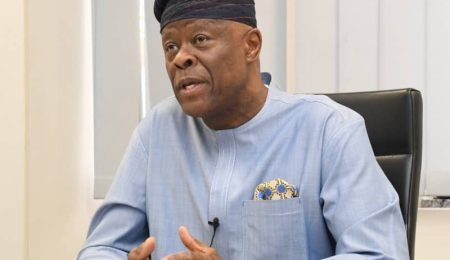The World Bank has stated that extreme poverty is growing faster and taking a devastating toll on Nigeria and 38 other economies affected by conflict and instability, intensifying acute hunger, and pushing several key development goals farther out of reach.
The bank revealed this in its first comprehensive assessment of their plight in the aftermath of COVID-19.
The multilateral institution had earlier listed Nigeria as one of the 39 economies classified as being in Fragile and Conflict-affected Situations (FCS).
These situations included both active conflict and instability, and Nigeria’s challenges include insecurity such as banditry and kidnappings, particularly in the Northwest, and ongoing insurgency in the Northeast.
In the World Bank’s post-COVID survey, as conflicts have become more frequent and deadly since the 2020s, the 39 economies were falling behind all others in key development indicators.
According to the report, since 2020, their per capita GDP has shrunk by an average of 1.8 per cent per year, while expanding by 2.9 per cent in other developing economies.
“This year, 421 million people are struggling on less than $3 a day in economies afflicted by conflict or instability—more than in the rest of the world combined. That number is projected to rise to 435 million, or nearly 60 percent of the world’s extreme poor, by 2030.
“For the last three years, the world’s attention has been on the conflicts in Ukraine and the Middle East, and this focus has now intensified.
“Yet, more than 70 percent of people suffering from conflict and instability are Africans. Untreated, these conditions become chronic. Half of the countries facing conflict or instability today have been in such conditions for 15 years or more.”
“Misery on this scale is inevitably contagious, ” said the World Bank Group’s Chief Economist, Indermit Gill
The new study underscores why the global goal of ending extreme poverty has been unattainable so far, adding that it is now concentrated in areas of the world where progress is hardest to achieve.
Of the 39 economies currently classified as facing conflict or instability, 21 are in active conflict.
In developing economies in general, the extreme-poverty rate has been whittled down to single digits—just 6 per cent.
In economies facing conflict or instability, however, the rate is nearly 40 per cent.
Their GDP-per-capita levels, currently about $1,500 a year, have barely budged since 2010—even as GDP per capita has more than doubled to an average of $6,900 in other developing economies. Moreover, unlike other developing economies, economies struggling with conflict or instability have been unable to create enough jobs on average to keep pace with population growth. In 2022, the latest year for which such data are available, more than 270 million people were of working age in these economies—but barely half of them were employed.
“Economic stagnation—rather than growth—has been the norm in economies hit by conflict and instability over the past decade and a half.
“The global community must pay greater attention to the plight of these economies. Jumpstarting growth and development here will not be easy, but it can be done—and it has been done before.
“With targeted policies and stronger international support, policy makers can prevent conflict, strengthen governance, accelerate growth, and create jobs,” said the World Bank Group’s Deputy Chief Economist and Director of the Prospects Group, M. Ayhan Kose.
Ndubuisi Francis
Follow us on:



